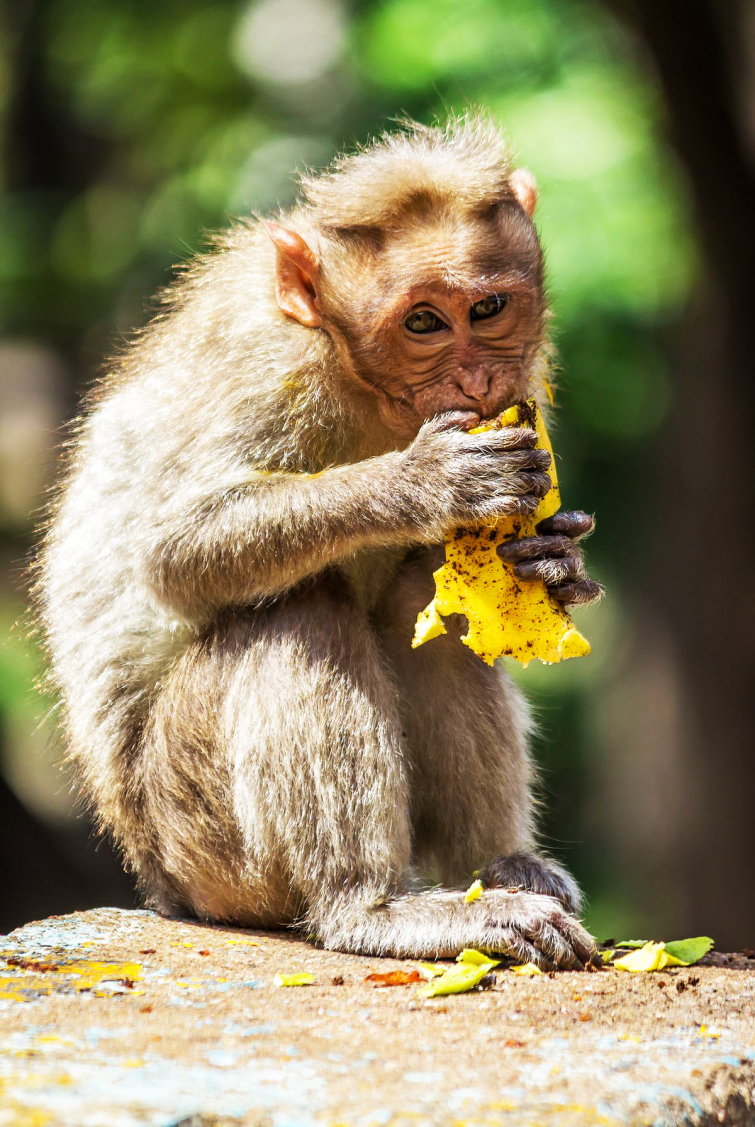
 News
News
Monkeypox in Central African Republic: genomic history suggests multiple introductions from rainforest animal reservoirs
Monkeypox is an emerging and neglected infectious disease caused by the Monkeypox virus (MPXV). The disease has a similar clinical presentation to smallpox, with a maculopapular rash (a skin rash characterized by small spots), especially on the palms of the hands and the soles of the feet.
Human transmission of the MPXV virus, responsible for monkeypox, occurs either through direct contact with infected animals or through contact with body fluids or respiratory droplets from an infected person. Although monkeypox is a zoonotic disease, the animal reservoir has not yet been identified. Human cases of MPXV can be found in several countries in West Africa and Central Africa. In the Congo Basin, two countries are particularly affected: Democratic Republic of the Congo (DRC) and Central African Republic (CAR), which have seen an increase in the number of cases over the past two decades.